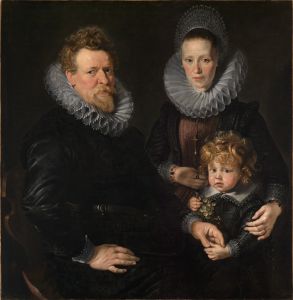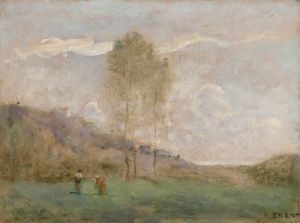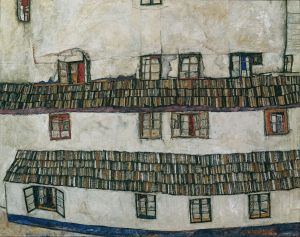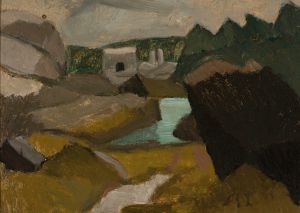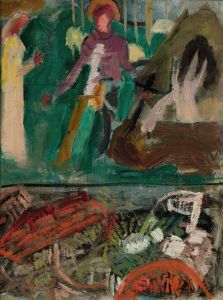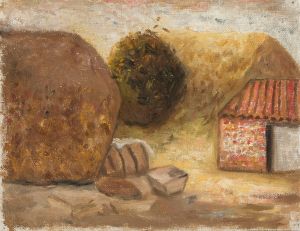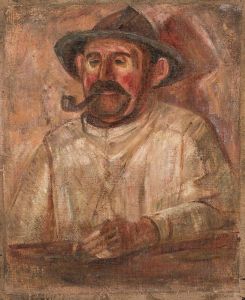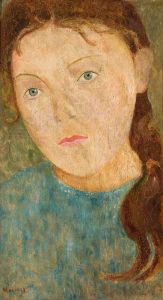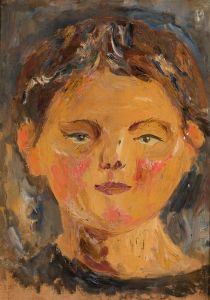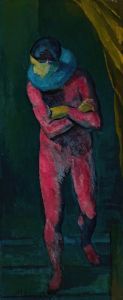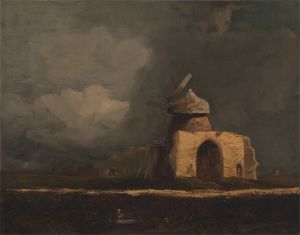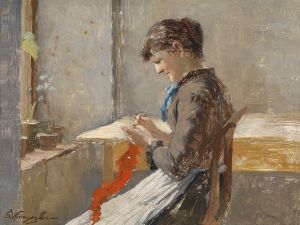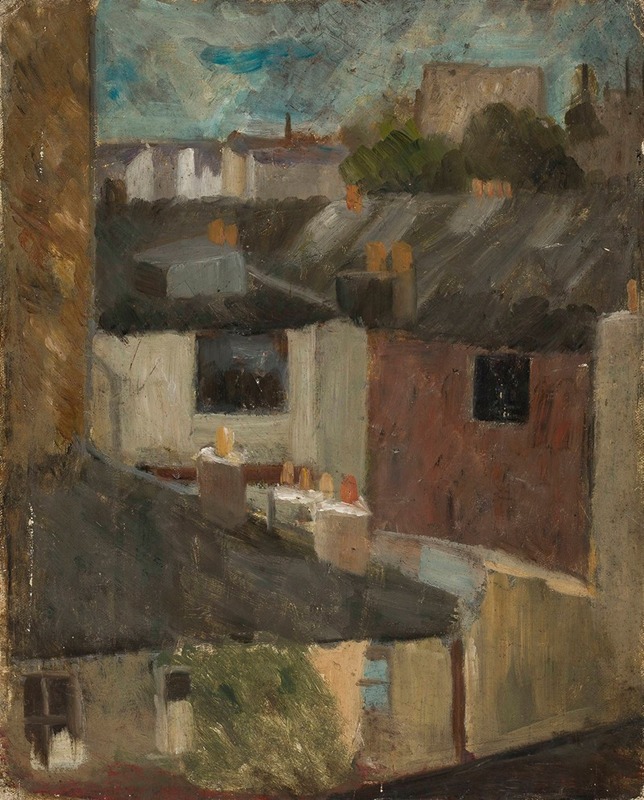
View through the window of a workroom
A hand-painted replica of Tadeusz Makowski’s masterpiece View through the window of a workroom, meticulously crafted by professional artists to capture the true essence of the original. Each piece is created with museum-quality canvas and rare mineral pigments, carefully painted by experienced artists with delicate brushstrokes and rich, layered colors to perfectly recreate the texture of the original artwork. Unlike machine-printed reproductions, this hand-painted version brings the painting to life, infused with the artist’s emotions and skill in every stroke. Whether for personal collection or home decoration, it instantly elevates the artistic atmosphere of any space.
Tadeusz Makowski was a Polish painter known for his unique style that combined elements of Post-Impressionism and Cubism. Born on January 29, 1882, in Oświęcim, Poland, Makowski initially studied classical philology at the Jagiellonian University in Kraków before turning to art. He later attended the Academy of Fine Arts in Kraków, where he studied under prominent Polish artists such as Józef Mehoffer and Jan Stanisławski. In 1908, Makowski moved to Paris, where he became part of the vibrant artistic community and was influenced by the works of Paul Cézanne and the Cubists.
"View through the Window of a Workroom" is one of Makowski's notable works, reflecting his distinctive style that often incorporated elements of both realism and abstraction. This painting is characterized by its use of geometric forms and a muted color palette, which are hallmarks of Makowski's approach to capturing the essence of his subjects. The painting depicts a scene viewed from inside a workroom, looking out through a window. This perspective creates a sense of intimacy and contemplation, inviting viewers to ponder the relationship between the interior space and the outside world.
Makowski's work often featured everyday scenes and objects, rendered in a manner that emphasized their underlying geometric structures. This approach can be seen in "View through the Window of a Workroom," where the composition is carefully constructed to guide the viewer's eye through the scene. The use of light and shadow in the painting adds depth and dimension, enhancing the overall atmosphere of quiet reflection.
Throughout his career, Makowski remained deeply connected to his Polish roots, even as he lived and worked in France. His paintings often reflect a sense of nostalgia and longing for his homeland, which can be seen in the way he portrays simple, familiar scenes with a sense of warmth and affection. Despite the challenges he faced as an artist working in a foreign country, Makowski's work gained recognition and appreciation for its unique blend of styles and its ability to convey complex emotions through simple, yet powerful imagery.
Makowski continued to paint and exhibit his work until his death on November 1, 1932, in Paris. His contributions to the art world have been recognized posthumously, and his works are held in various collections, including the National Museum in Warsaw and the Musée National d'Art Moderne in Paris. "View through the Window of a Workroom" remains an important example of Makowski's artistic vision and his ability to capture the beauty and complexity of everyday life through his distinctive style.





